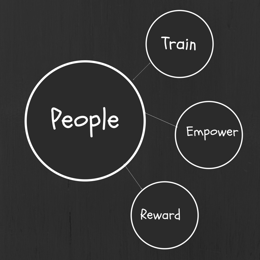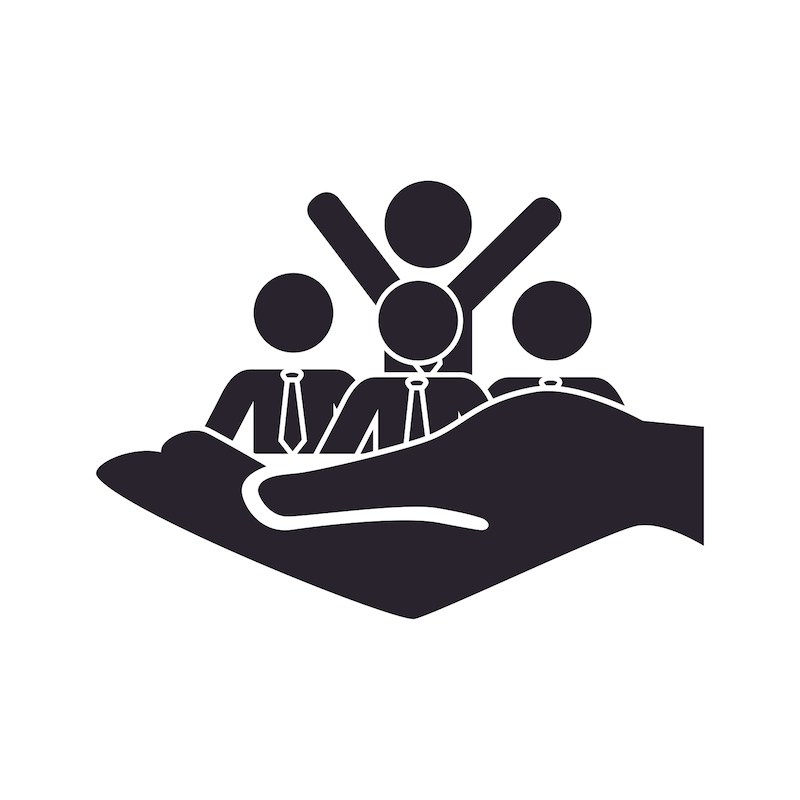 The American Productivity and Quality Center (APQC) periodically conducts a survey asking organizations about the average annual hours of formal training they provide for each employee. The survey shows that “organizations providing 21- 40 hours of annual formal training per plant employee have the best performance with regard to production rate and cycle time.”
The American Productivity and Quality Center (APQC) periodically conducts a survey asking organizations about the average annual hours of formal training they provide for each employee. The survey shows that “organizations providing 21- 40 hours of annual formal training per plant employee have the best performance with regard to production rate and cycle time.”
Development of employee skills is critical to the on-going success of the lab. This will directly impact quality (remakes); reduce inspection time, and reduce the learning curve. Most labs follow the “OJT” (On-the-Job-Training) approach to training. Employees are assigned a task, are watched closely for skills and then coached or closely monitored to work on areas of perceived weakness. Some labs have invested in the PTC training system which is a good way to provide direction, method and a standardized approach to performing many tasks, but the technique and subtleties of the work are still passed on from person to person or commonly called “tribal knowledge”. Formal training methods are required to ensure the perpetuation of standardized work methods, make re-training easier to conduct and support a level of standard level of quality. This also ensures that “tribal knowledge” is shared in documented method. This “tribal knowledge” needs to be shared on a regular basis with the less experienced employees. Specifically, increase the technical and decision-making skills of the lab personnel. This is best accomplished by the use of formal training provided by the most knowledgeable subject matter expert. Most labs are fortunate to have a number of employees with significant experience who can supply this knowledge.
A good way to begin skills improvement is to formally designate trainers within a “train the trainers” program. If the size of the lab permits, this person would be supported by a department Lead person responsible for achieving training goals for their department.
However, “more is better” may not apply here. The APQC study also showed that there is a definite threshold for the amount of training that can be obtained before productivity begins to decline. The study shows that “organizations that provide more than a business week of training per year see a drop in productivity almost at the same level as organizations providing less than eight hours of formal training per year.” The lesson here? Provide formal training, as there are documented benefits; just don’t overdo it. The lab should aim to provide employee training for employees to build on existing skills, as well as gain additional skills.











Leave a comment